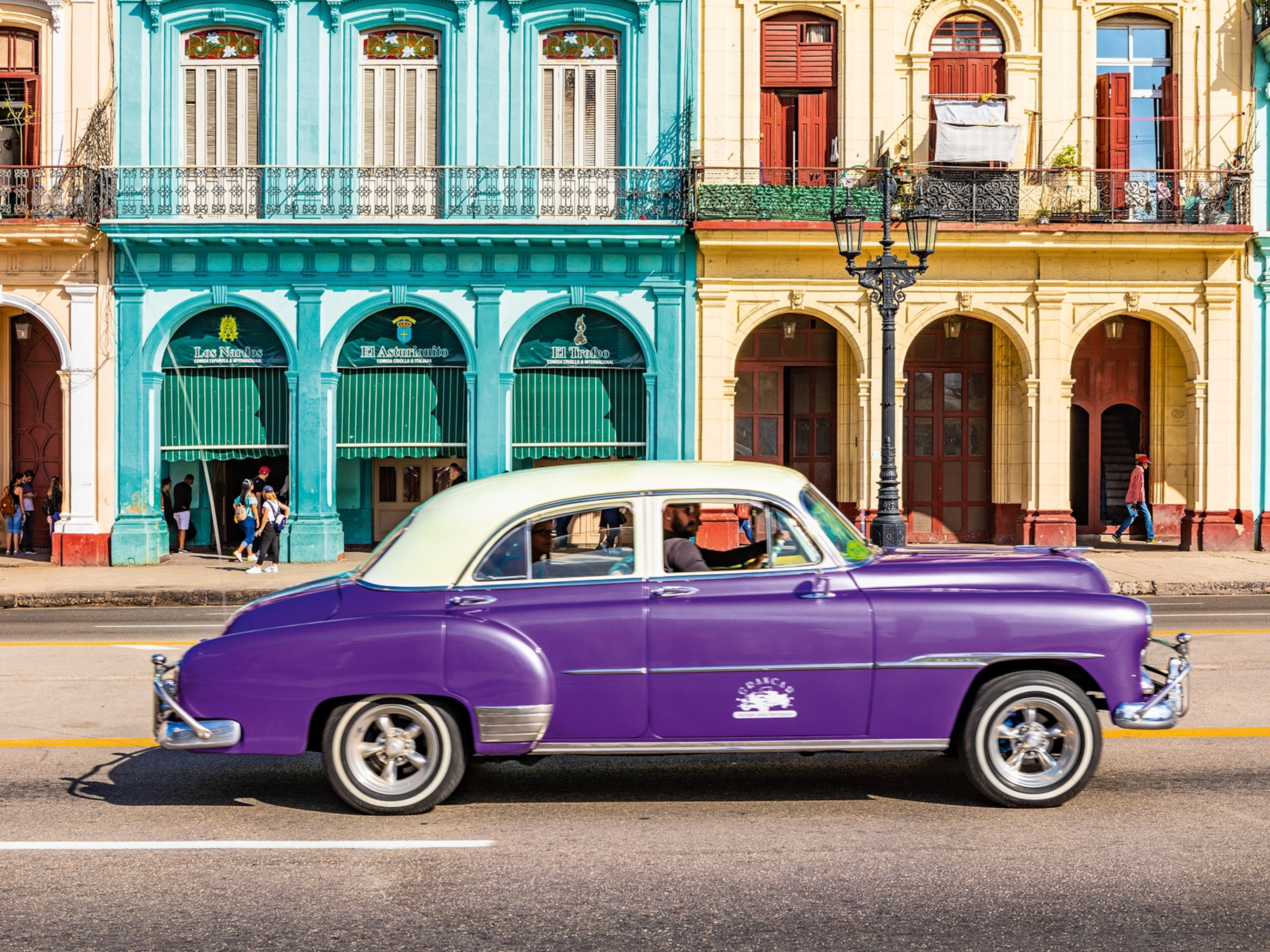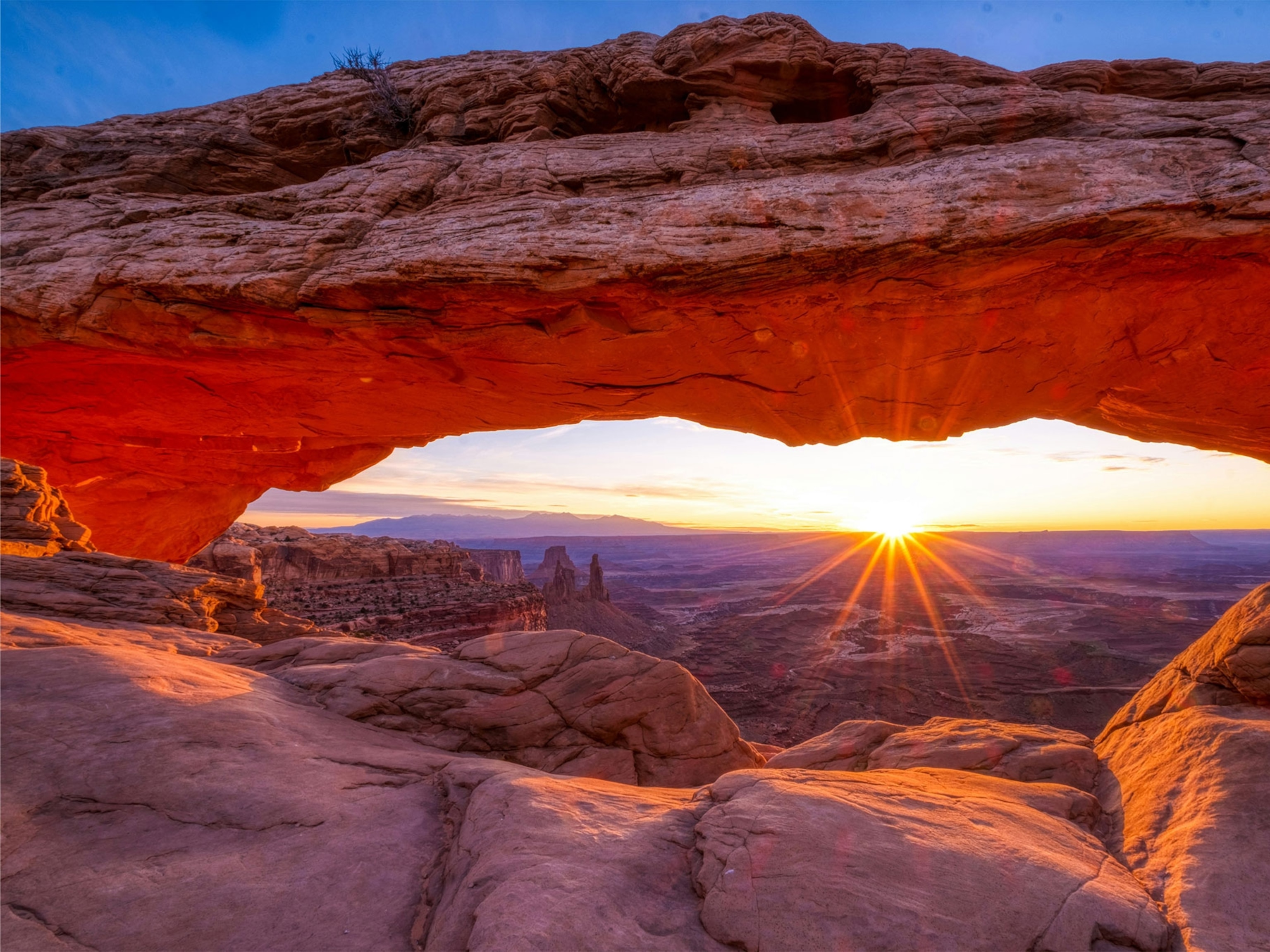
This Adventurer Traverses Rooftops—on a Bicycle
Scotland’s Danny MacAskill is reinventing bike riding and blowing up the Internet in the process.
Even if you don’t recognize the name, there’s a good chance you’ve watched Danny MacAskill ride his bike. Since his first video Inspired Bicycles went viral in 2009, this 30-year-old Scot from the Isle of Skye has redefined what’s possible on a bicycle. His short films, which have had more than a 100 million views combined, document his skills as a street trials rider—an obscure form of cycling in which a rider maneuvers his bike through an obstacle course without setting foot on the ground. Think parkour on a bike.
But MacAskill's fame has not come without its share of pain. Shortly after he released Inspired Bicycles, he broke his collarbone three times in six months. He then spent three of the next four years unable to ride as he dealt with dislocated fingers, a blown knee and ankle, a broken wrist, and a torn disc in his back. He missed one jump so badly that he landed flat on his back on concrete from six feet in the air. “That took a little bit to recover from,” he said.
More recently, MacAskill has regained top form. He was a National Geographic Adventurer of the Year in 2012, and his latest film, Cascadia, in which he flies across rooftops on Gran Canaria, in the Canary Islands, may be his most vertigo inducing yet.
We recently caught up with him by phone on the island of Madeira, off the coast of Portugal, where he had just finished a 4,000-foot mountain bike descent with a few of his friends. With his thick Scottish brogue, he talked about how he plans to keep reinventing himself as both a rider and a storyteller.
The opening scene of Inspired Bicycles is of you trying to ride across the spikes on the top of an iron fence. It was horrifying to watch.
Yeah. That single rail was probably the biggest life-changing moment I’ve had, I suppose, because it taught me a lot. I had visions of smashing my teeth out or falling down on one of the spikes. I’d slip the back wheel a lot and land on a knee. After a few misses, I eventually got my back wheel out and starting thinking, “Well, this could actually work.”
I didn’t get it the first day, and then we had to wait a couple weeks for the conditions to be dry enough to try it again. On the second round it was so cold. The third day I still didn’t manage to get along it. I was ready to give up. It became a mental battle because each time you’re upping the chance that you’ll have a real accident on it. We had to wait another few weeks for it to be dry enough, and after another battle I finally made it to the end of the (fence). I wasn’t excited, it was more relief.
As it turned out, the film launched your career.
Yeah, it was pretty strange. Dave edited all the footage we’d shot around Edinburgh and we had a small premiere at the flat where I lived with seven of my closest friends. We watched it a couple times, but we really didn’t think anything more of it. We just sort of chilled and then put on some Family Guy. My bike sponsor, Inspired Bicycles, put it on their YouTube channel, which didn’t really have any subscribers, but that night it had like 400,000 views. We were woken up the next morning by newspapers and BBC News calling me.
One of your videos takes place in an abandoned city in Argentina called Epecuen. Why did you go there?
I came across a blog about abandoned places in the world. Epecuen used to be a resort town on a lake 700 kilometers (420 miles) from Buenos Aires. The lake started slowly rising and flooded the town back in the 1980s. Everyone was able to get out, but it was very sad because they all lost their homes. Years later the lake receded, and it left this incredible landscape. I thought I could go ride there, to show what happened in Epecuen to the world.
It ended up being one of the most dangerous projects I’ve done. The structures were on the verge of collapsing - it was kind of like riding on eggshells. The most amazing part of the whole experience was meeting Pablo Novak, the old guy at the beginning of the film who’s riding his bike through the ruins with his dog. He’s the only resident still living in Epecuen.

In Cascadia you’re jumping gaps between buildings on Gran Canaria, doing flips several stories above the street. It looks death-defying. Have you had any close calls?
No, not yet. A lot of that riding is quite within my comfort zone. I’m sure Alex Honnold talks about his [free-soloing] in the same way. If I put that level of concentration into it, I could ride those walls all day, every day. I wouldn’t fall off unless I have a mechanical issue. But I trust all of my equipment because I’ve spent thousands of hours working on my bikes. You just make sure your shoelaces are tied. I’m comfortable with everything that’s going on, with the grip on the walls, and I know where my fall zones are—and aren’t—and I’ll kind of lean my weight towards the side where I can fall to make that kind of riding work. It comes down to luck sometimes as well.
Your film Imaginate opens with a kid in his bedroom playing with a toy bike and dreaming of all the crazy tricks he wants to do. Do you worry about kids getting hurt trying to emulate the stuff you do?
Obviously I’m not saying to kids go out and try this, but at the same time I definitely like the idea of sparking kids’ imaginations. This film has been quite popular in schools and I get a lot of letters. Maybe it will inspire some kids to just get on a bike—anything to get them out in the real world. And you know, there’s nothing wrong with taking a small fall here and there.
How much time do you spend on your bike?
When I was younger, I would ride hours a day, seven days a week. Every single day rain, wind, or shine. Since I’ve become a professional, I ride probably like four days a week, because I travel a lot more. But I still try to ride every day I can.
- National Geographic Expeditions
What kind of bike do you ride?
In Imaginate and Epecuen I’m riding a street trials bike. The bike is very short and maneuverable. It has a seat, but I don’t really sit down. It’s there more for comfort. If you miss a trick, it’s better to land on the seat than to land on….you know.
What’s next?
I’m still into pushing my riding. I am thinking about the future and how I can prolong things as long as possible. I turned 30 this year. Some of my heroes, like Hans Rey and Jeff Lenosky, are riding into their 40s and 50s by adapting what they do. They’re maybe not always pushing themselves to the absolute limit like they used to, but they’re still able to make a living from riding bikes, which I don’t think you can really beat.
Mark Synnott is a writer and professional climber based in New Hampshire. Follow him on Instagram and Facebook.







